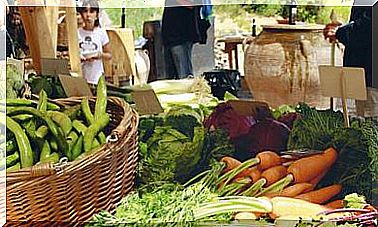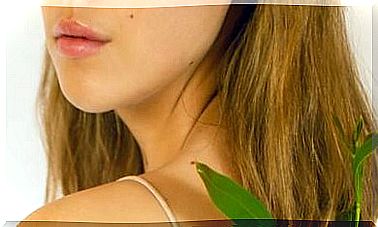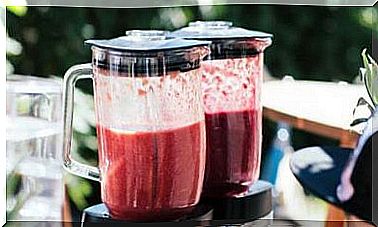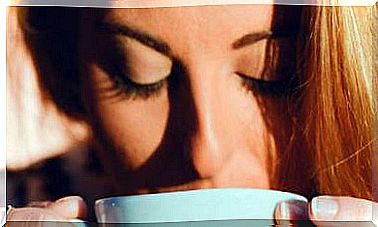Less Salt, More Flavor: There Are Alternatives
Reducing salt intake only has health benefits, but it is not about eating more bland, but about discovering the wide variety of alternatives.
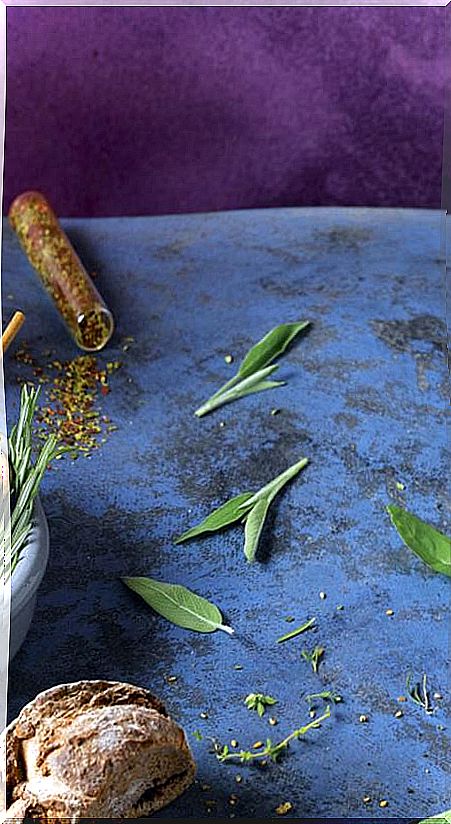
Although sodium –constitutes 40% of table salt– is a mineral necessary for the proper functioning of our body, when we take it in excess it favors numerous health problems.
Why is it better to eat with little or no salt?
The most common and well-known problem is high blood pressure. Salt causes stiffness in the arteries, making them less able to respond adequately to changes in blood flow.
But hypertension is not the only health problem with which its high consumption is related. High blood pressure itself increases the risk of stroke and heart attack.
It also increases the chances of suffering from heart failure, overloads the kidneys and increases the excretion of calcium, which favors the development of osteoporosis.
It is also related to a higher incidence of gastric ulcer, stomach cancer and worsens respiratory diseases such as asthma.
We take twice as much salt as we need
According to the WHO and our Ministry of Health, the maximum daily consumption of salt should not exceed 5 g, which is more or less a teaspoon of coffee. According to AECOSAN, the Spanish population consumes twice this amount on average daily.
In a packaged product, in general we consider that it has a lot of salt if it exceeds 1.25 g per 100 g, and that it has little salt below 0.25 g per 100 g.
3 healthy alternatives to salt so that your dishes are not bland
Resorting to ” salt alternatives ” is a double-edged sword because you can slip into a false sense of security and end up consuming the same amount of sodium or more.
If we bathe the food in soy sauce or substitute the salt for gomasio (which usually contains 50% salt) or “herb salt”, and we add twice as much, we have not advanced anything.
We can resort, of course, to aromatic plants and spices in all their variety, to condiments such as vinegar, lemon or spicy. They are great options to give our dishes more flavor.
Very tasty condiments such as a good curry, chili or tabasco, garlic, paprika or a quality mustard, which although it can contain a lot of salt is used in very small quantities due to the power of its flavor, they can be great allies.
Little by little reduce the dose of salt
People very used to salty food will find any alternative a disservice. For them, the best thing is a gradual withdrawal.
Eliminating salt all at once does not usually work well, because suddenly all food seems tasteless and it is difficult to maintain new culinary habits. But doing the process by reducing a little each week can lead us without realizing it to not use almost salt after a month and that the food continues to seem pleasant.
Here are 3 options to reduce your salt intake without making your dishes bland.
1. Gomasio
You are not going to eliminate the use of salt but you are going to reduce it considerably.
Prepare your gomasio using 1 tablespoon of sea salt for every 20 of sesame. Preparation: toast salt and sesame separately and grind them in a suribachi (Japanese mortar with grooves)
2. Herbal salt
It’s really easy to prepare. Mix to your liking: tarragon, oregano, savory, thyme, caraway, fennel, chives … Then add 5 g of sea salt for every 50 g of dried herbs.
3. Brewer’s yeast
Cheese contains salt. To substitute Parmesan cheese in pasta dishes, substitute Parmesan using brewer’s yeast. It provides you with B vitamins (except B12), zinc and iron.
The salt that you do not see and that you do not notice
Our highest sodium intake does not come from the salt from the salt shaker that we consciously add to our food, but from the salt that gets into processed products without our realizing it, unless we decide to read the labels very well or do without them.
Food in its natural state, on the other hand, contains very little sodium.
It is estimated that of our total sodium intake, 8% comes from food; 20% of the salt that we put into food and 72% of that which is hidden in food products.
The best advice to reduce your salt intake is to consume above all fresh unprocessed products : vegetables, greens, fruits, legumes, raw or roasted nuts, whole grains, etc.
By dispensing with packaged products that are highly elaborated by the industry, we will also stop taking additives and flavor enhancers that rude our taste buds.
Pickles and other preserves, although they are handmade, also provide salt, as well as most sauces and cheeses (the more cured, in general, the more salty).
Since 2009 the bakery industry has committed to no more than 1.8 g of sodium per 100 g of food. Anyway, it is better to choose unsalted bread.


